Definition
For me, interaction is mutual, requiring certain participation of at least two actors. It is when one does something to another, the receiver responds to the initiator, and then the initiator responds to the receiver’s reaction…It is a cyclic and iterative process that can go on and on and on. In The Art of Interactive Design, Crawford uses conversation as an example to explain what is interaction, as conversation applies to the definition of it. In a conversation, the speakers both listen and talk; they pay attention to another’s words and respond to them. This also corresponds to the idea in Physical Computing by Igoe and O’sullivan, which are input, output, and processing in computer terms.
The project “Volume” by NY based art and architecture collective Softlab 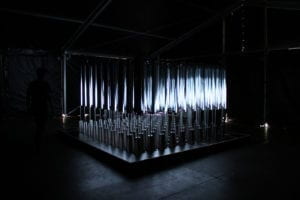 helps me shape my definition of interaction, and align with it well. It is an interactive installation that is made of responsive mirror panels, and as people interact with it, it can redirect sound and light to spatialize their feelings. In this project, people’s movement around it and the sound are the listenings or input, which is caught by the cameras and LEDs. Then the process of mirrors using the data cameras collected to decide which direction to turn to is thinking. At last, the mirrors rotate to face the nearest person, and LEDs respond to the ambient sound, thereby redirecting light and sound as output or a way of talking to the crowd. As people move around, light and sound will change again accordingly.
helps me shape my definition of interaction, and align with it well. It is an interactive installation that is made of responsive mirror panels, and as people interact with it, it can redirect sound and light to spatialize their feelings. In this project, people’s movement around it and the sound are the listenings or input, which is caught by the cameras and LEDs. Then the process of mirrors using the data cameras collected to decide which direction to turn to is thinking. At last, the mirrors rotate to face the nearest person, and LEDs respond to the ambient sound, thereby redirecting light and sound as output or a way of talking to the crowd. As people move around, light and sound will change again accordingly.
Another project I find interesting is “EM Table” by Florian Dussopt, but this one is at a lower level of interaction if following my definition. According to the article, “EM table is an experimental object that is able to produce a localised electromagnetic field when switched on”(Visnjic). When fluorescent tubes get close to the table, it’ll be lighted up by the electromagnetic field without physical contact. It looks very beautiful and magical but doesn’t correspond to my definition. It seemed interactive to me at first sight, but I realize later that the table doesn’t show the complete process of “listening, thinking, and speaking”(Crawford 1). It is more like a wireless switch rather than an interactive project since it can’t “think” and “speak” to people in a way that is more meaningful than lighting up a tube.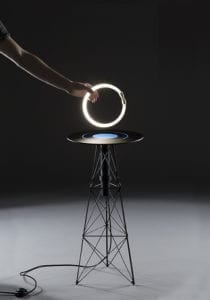
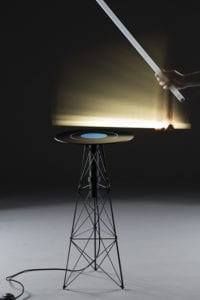
Group Project
Our group project Skype 2.0 is a VR chatroom software powered by a specially designed headband. All the user needs to do is to put the headband on, connect it to the computer, and then his body will physically fall into a sleep state while his mind is uploaded to the virtual chatroom online. Our inspiration came from the concept of VR technology, which is widely used in games and films nowadays. We decided to design a chat app that uses VR to provide a more immersive and interactive experience for the users, which can satisfy their needs of having face-to-face conversations with long-distance friends.
In this project, there are two kinds of interaction. First, the user interacts with the device. His mind is the input, uploaded online being processed, and is finally carried to the chatroom. He can also change various settings as another way to interact—the background of the chatroom, the on-off of different sensations such as hearing and olfaction, etc. Second, he also interacts with other users, in which we can easily find the three components of interaction. They can see, touch, and talk to each other like in real life with all the lifelike simulations of reality. During their conversation, there is no doubt they listen, think, and speak, interacting with one another. The project not only interacts with the user but provides a chance for him to interact with others. With these two kinds of interaction, we think this project fulfills the criteria.
Works Cited
Crawford, “What Exactly is Interactivity,” The Art of Interactive Design, pp. 1-5.
Igoe and O’sullivan, “Introduction,” Physical Computing, pp. 1-4
Visnjic, Volume – Interactive cube of responsive mirrors that redirects light and sound https://www.creativeapplications.net/processing/volume-interactive-cube-of-responsive-mirrors-that-redirects-light-and-sound/ —, EM Table – Exploring possible new interactions https://www.creativeapplications.net/objects/em-table-exploring-possible-new-interactions/
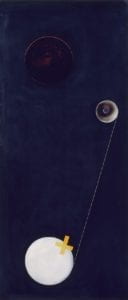 Link:https://www.guggenheim.org/artwork/2980
Link:https://www.guggenheim.org/artwork/2980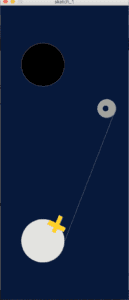
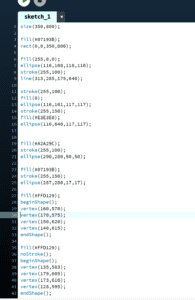
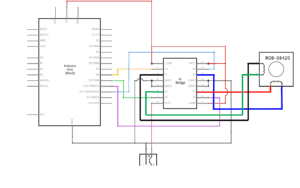
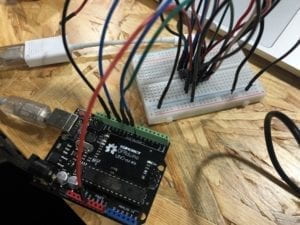
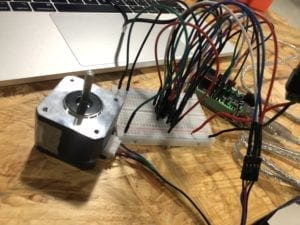
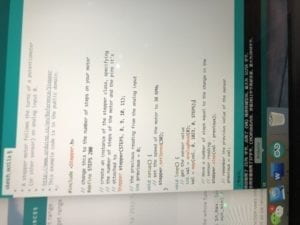
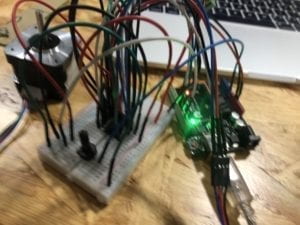
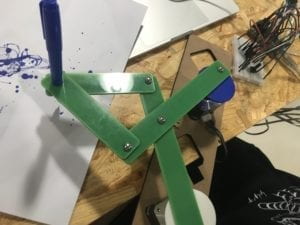



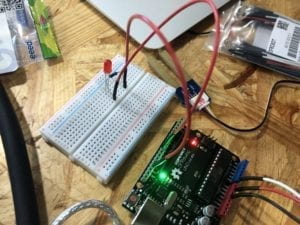 AnalogInOutSerial
AnalogInOutSerial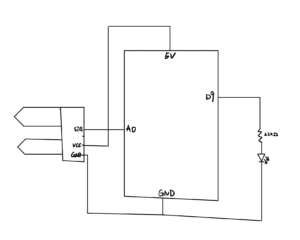 This is the diagram of this circuit.
This is the diagram of this circuit.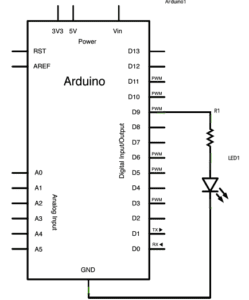 this circuit was really easy, so we didn’t run into any trouble.
this circuit was really easy, so we didn’t run into any trouble.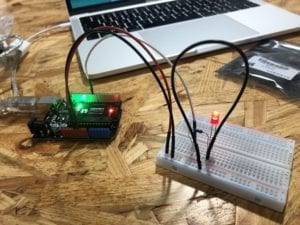 After finished the original one, we changed the code a little bit to make the LED fade faster.
After finished the original one, we changed the code a little bit to make the LED fade faster.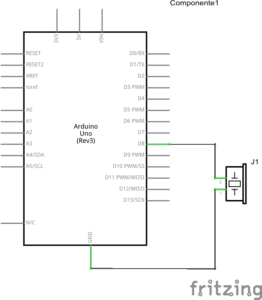 This was the second circuit, and it was as simple as the last one. We later put the code into the loop section and then enjoyed the melody again and again.
This was the second circuit, and it was as simple as the last one. We later put the code into the loop section and then enjoyed the melody again and again.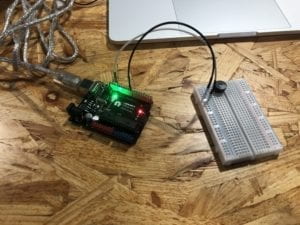
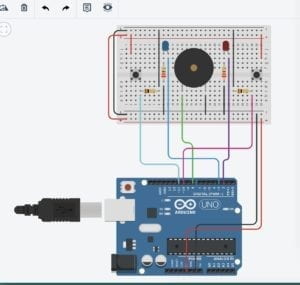 o
o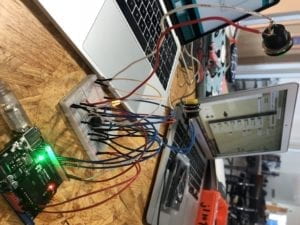
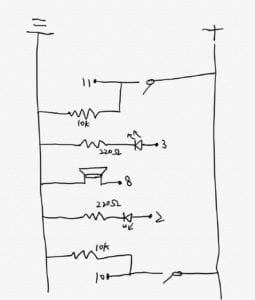 schematic for this
schematic for this